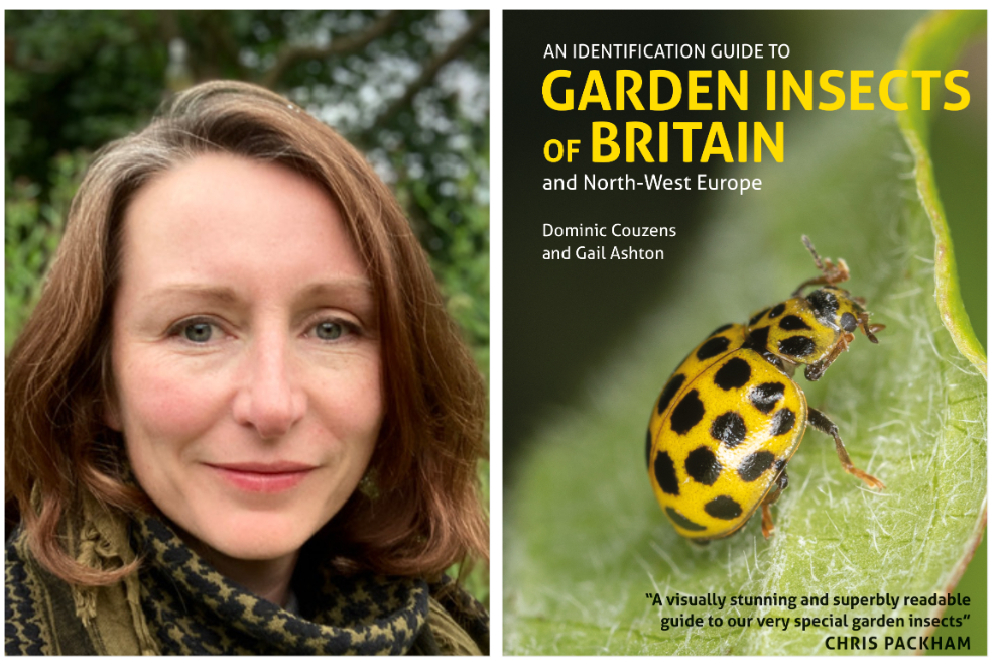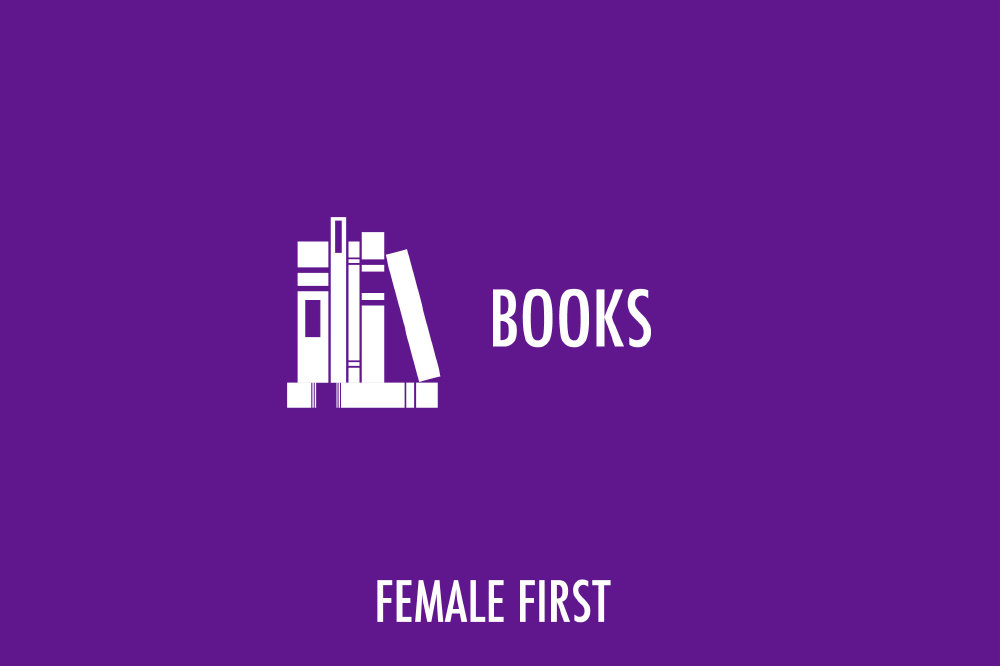For as long as I can remember, I’ve been obsessed with wildlife. It was (as is the case with many nature lovers) birds first. I would take my binoculars everywhere as a child – even school trips – and memorised all the species in my books of British birds, in the hopes that I would one day see them all. I even tried – somewhat unsuccessfully – to keep pet worms, and the odd pupae I found in the garden would be domesticated in a small box.

Gail Ashton, Identification Guide to Garden Insects of Britain and North-West Europe
But I hated insects. I was terrified of them. I would run shrieking from wasps and bees, and viewed ants finding their way into in the kitchen as an act of war. I can’t quite pinpoint the moment when my attitude to insects changed, but it was around the time I asked someone “What’s the point in wasps?”. Luckily, that someone was my friend and professional entomologist, Dr Ross Piper. His answer was transformative, and started me on a path of discovery that has not only given me a much richer view of the world, but is now helping me to share it with others.
Armed with my new-found knowledge, I began to photograph insects, and was stunned by what I saw when I got close up. Through my macro lens, I was bombarded with a breathtaking array of colour, pattern and texture. And the sheer diversity of insects was astonishing; in the UK, for example, there are over 350 species of bee, 4000 beetles, and 7000 wasps (of which humans will only be stung by about five). I began to spend entire days in nature reserves and fields, photographing every insect I saw, learning about their features and behaviour.
In 2018, I embarked on a major, year-long project, ‘500 Species’. From January to December, I travelled to sites all over the UK with the aim of finding five hundred species of
insects and other invertebrates (such as spiders, woodlice etc). It was a huge challenge; not only did I have to find them, but I also had to identify them, which I achieved through a combination of my own research, and the support of a lot of friendly, helpful experts and enthusiasts on social media. The project was a bonkers but brilliant experience – I learned an incredible amount, not just about insects but also about habitats and conservation. I was hooked.
I joined the Hertfordshire Invertebrate Project – a voluntary initiative which monitors sites around my home county and gathers data on insect population health for the national database. My photographs have been published in magazines and books, and have won awards. I now write articles about insects and conservation, and have just published my first book. If you’d told me ten years ago that, in my late thirties, I would be embarking on an entirely new career, doing something I really love, I probably wouldn’t have believed you.
So, what is the point of wasps? And indeed, all insects – what do they do for us? Well, they have shaped our entire planet over the last 480 million years; creating the natural landscape we see today, as pollinators, soil engineers, pest controllers and recyclers. We literally could not survive without them. Maybe the question shouldn’t be “what do insects do for us?” but in fact “what can we do for our insects?”
Gail Ashton is co-author, with Dominic Couzens, of An Identification Guide to Garden Insects of Britain and North-West Europe (John Beaufoy Publishing). The book has been described by Chris Packham as “A visually stunning and superbly readable guide to our very special garden insects”. It is available now through all good book stores.


